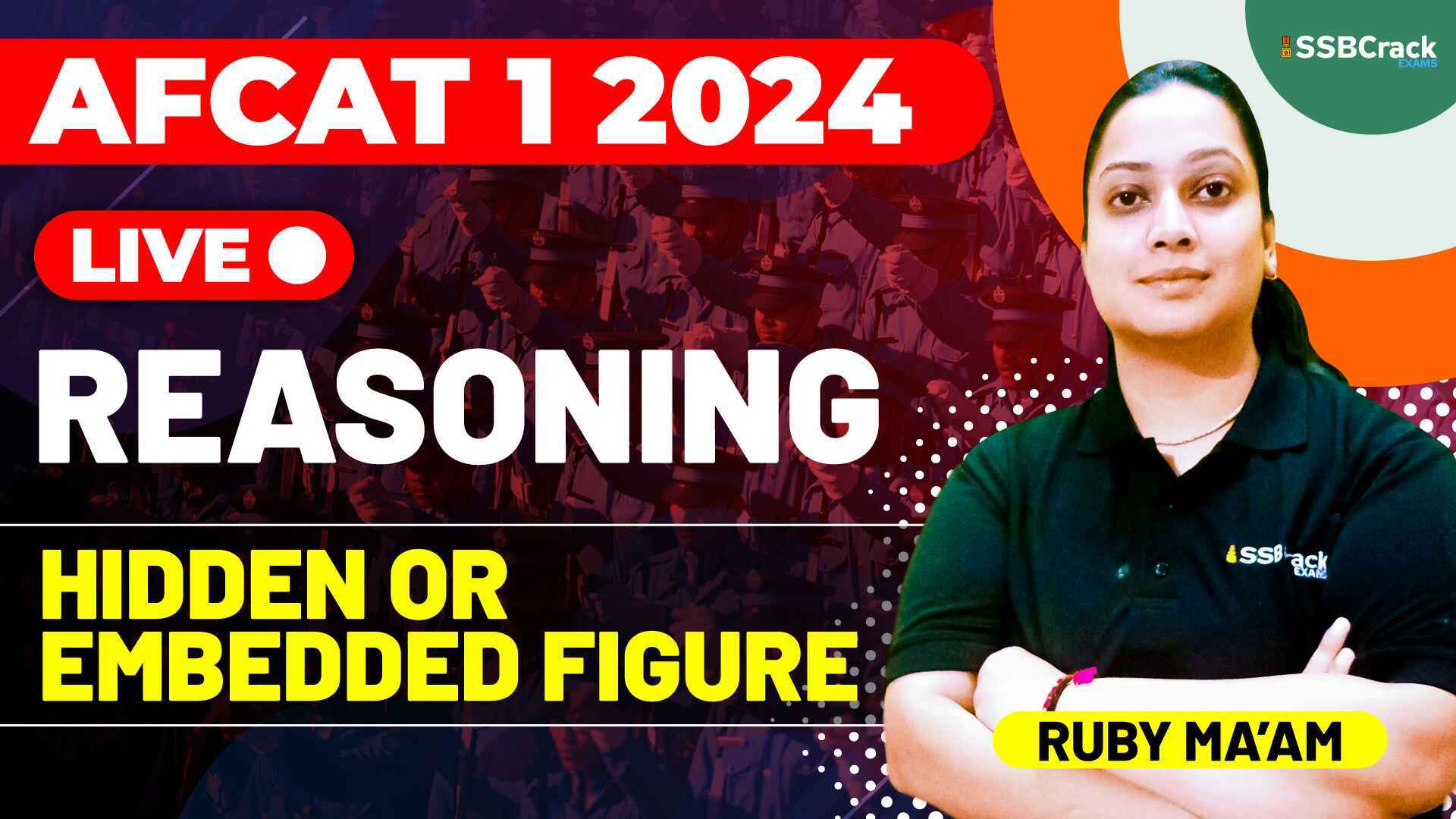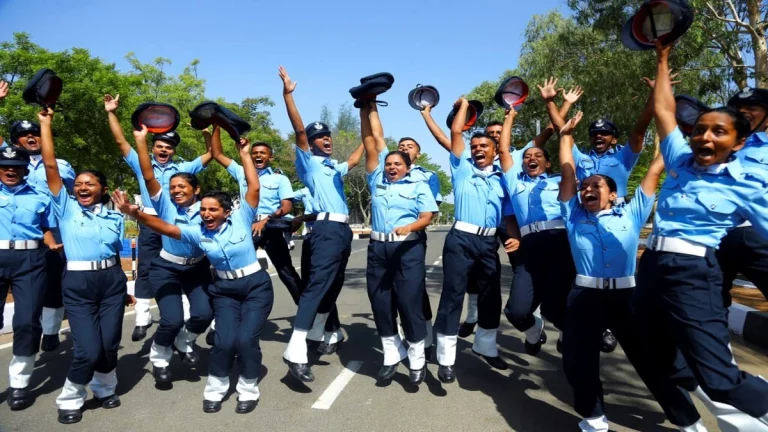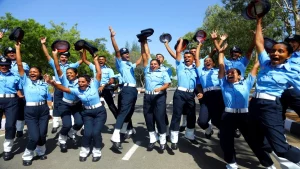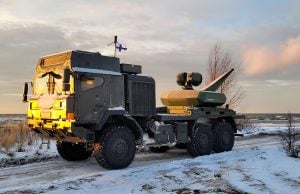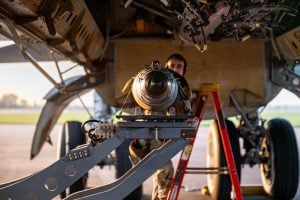The Air Force Common Admission Test (AFCAT) is a gateway for ambitious individuals looking to join the prestigious Indian Air Force. Aspirants gearing up for this challenging examination often focus on core subjects like mathematics, English, and general knowledge. However, one often overlooked but crucial section is “Hidden & Embedded Figures.” In this article, we delve into the significance of mastering this topic and its impact on AFCAT success.
Hidden Or Embedded Figure
Hidden & Embedded Figures is a non-verbal reasoning topic that evaluates a candidate’s ability to visualize and manipulate mental images. It involves identifying a given shape within a complex arrangement or spotting a figure hidden within another. While it might seem trivial at first, its importance becomes evident when considering the demands of a career in the Air Force.
- Spatial Intelligence: Mastering Hidden & Embedded Figures hones spatial intelligence, a critical skill for Air Force personnel. Pilots, navigators, and officers need to interpret complex maps, charts, and radar displays. The ability to quickly and accurately recognize hidden patterns directly translates into efficient decision-making in real-life scenarios.
- Attention to Detail: The Air Force demands precision and attention to detail. Hidden & Embedded Figures tests an aspirant’s capability to scrutinize intricate details within a larger context. In the Air Force, a small oversight can have significant consequences. Developing a keen eye for hidden elements can make a crucial difference in mission success.
- Problem-Solving Skills: AFCAT is not just an assessment of theoretical knowledge but also of practical problem-solving skills. Hidden & Embedded Figures questions assess an individual’s ability to approach problems analytically and think on their feet. This skill is invaluable in situations requiring quick thinking and adaptability, traits essential for Air Force personnel.
- Enhanced Cognitive Abilities: Engaging with Hidden & Embedded Figures challenges the brain to process information in unique ways. It enhances cognitive flexibility, a trait highly beneficial in dynamic and unpredictable environments. Air Force professionals must be adaptable, capable of adjusting to changing circumstances rapidly.
Tips for Mastering Hidden & Embedded Figures:
- Practice Regularly: Consistent practice is key to mastering Hidden & Embedded Figures. Solve a variety of problems regularly to improve your visual-spatial reasoning skills.
- Visualize Effectively: Work on enhancing your ability to visualize complex shapes and patterns. Visualizing the hidden figures mentally before selecting an answer can significantly improve accuracy.
- Time Management: AFCAT is a time-bound exam, and effective time management is crucial. Practice solving Hidden & Embedded Figures questions within the stipulated time to enhance your speed and accuracy.
- Seek Guidance: If you find certain concepts challenging, seek guidance from mentors or use online resources. Understanding different strategies for approaching problems can be immensely helpful.
Conclusion:
Hidden & Embedded Figures might seem like a minor aspect of AFCAT preparation, but its significance in shaping the skills required for an Air Force career cannot be overstated. Aspiring candidates must recognize the broader implications of mastering this topic and integrate it into their comprehensive preparation strategy. The ability to decipher hidden patterns is not just a test-taking skill but a real-world competency that contributes to success in the dynamic and challenging environment of the Indian Air Force.
